
Here's a gamer version of "guess how many gum balls are in the jar": How many times has Sega re-released the very first Sonic the Hedgehog game?
If we don't ignore six-in-one carts from Sega Genesis and Mega Drive in the '90s, then the answer is somewhere near 30 launches. That count includes a port of the home version for early '90s arcades, the Sonic Jam compilation for the Sonic-starved Saturn, versions on various mobile platforms, multiple plug-and-play TV boxes, and a version exclusively playable in Tesla automobiles. Many of these releases came with other 16-bit Sonic games, as well.
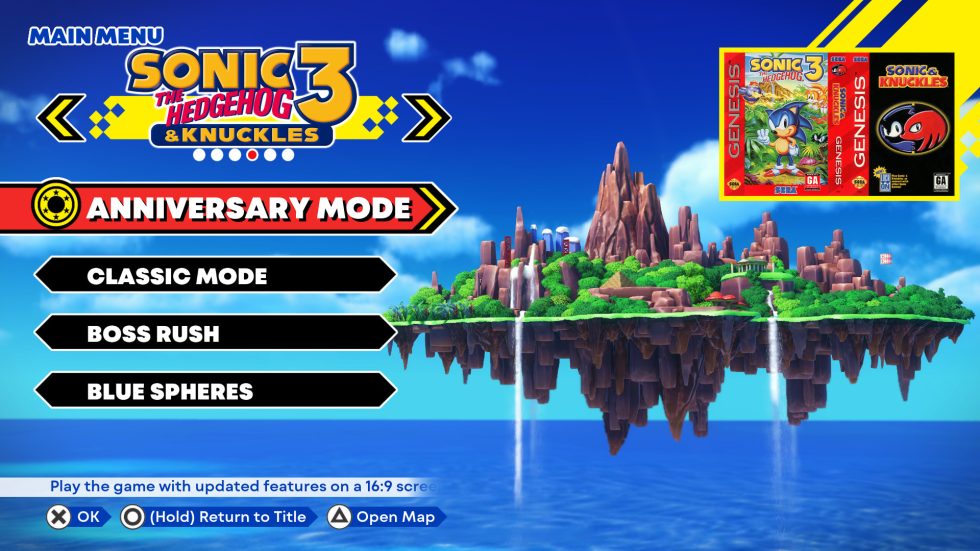
Should you have missed any of the other 30-plus ways to play the series over the years—or have kids who want as much Sonic content as possible after seeing the series' live-action films—Sonic Origins launches later this week on PC and all console families. Sadly, I'm reviewing this $40 (or, honestly, up to $48) compilation of 16-bit Sonic games not because it's great, but because it's weird.
...and Knuckles
Let's start with the price-to-content ratio, because $40 suggests an amount of Sonic content that would make series fans swoon. I don't think they will.
The biggest issue is that Sonic Origins only includes four games: Sonic 1, Sonic CD, Sonic 2, and the "complete" version of Sonic 3 (meaning, "and Knuckles" as a locked-on combination of two cartridges). Other compilations have gone above and beyond by adding other Sonic-themed 16-bit games, along with 8-bit games from the Master System and Game Gear, but those are missing this time. Sega doesn't make up for their absence with stuff like Sonic's 3D games from Dreamcast or the series' edutainment weirdness on the Sega Pico.
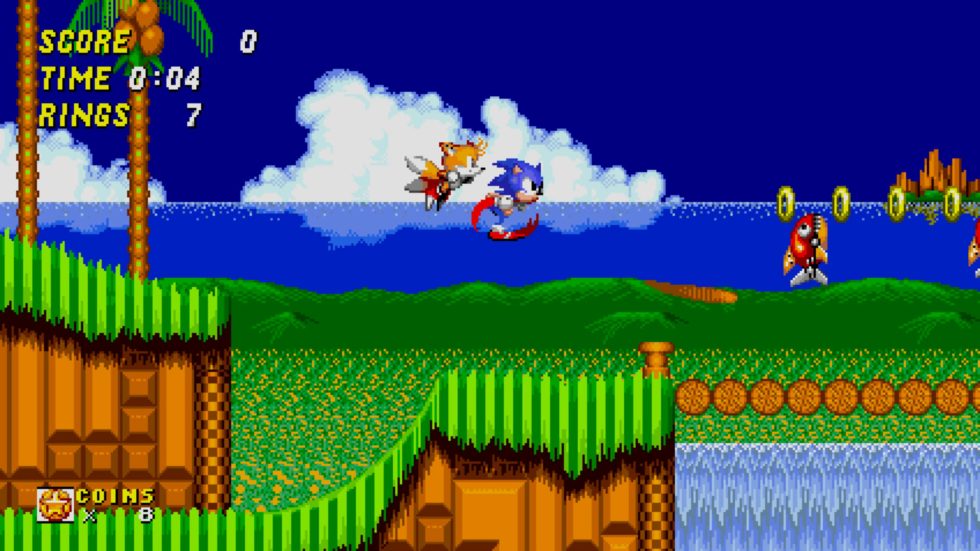
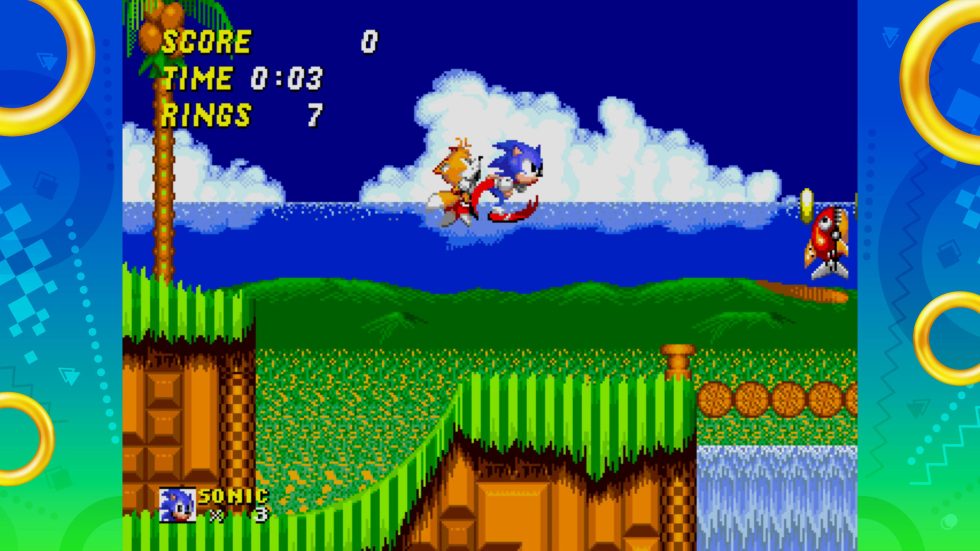
Sonic Origins' four included games are emulated quite well, at least. This is largely thanks to Headcannon, a development team that has expertise in touching up Sonic games' code to preserve the original games' look and feel while adding modern perks. (Unsurprisingly, they were assisted by Christian Whitehead, a developer who helped Sega officially port Sonic CD to iOS many years ago.) Every game's "anniversary" mode in Sonic Origins natively supports a 16:9 screen ratio, which makes the series' high-speed exploration a lot easier to visually track. This mode also includes perks that range from obvious (infinite lives) to subtle (adding the "drop dash" maneuver to older games or supporting a "Knuckles and Tails" mode).
If you'd like to play the games as they were originally designed, you can fall back to a "classic" mode with 4:3 ratios, the original "lives" system, and other Genesis-era stuff intact. (This mode has one caveat, which I'll get to.)
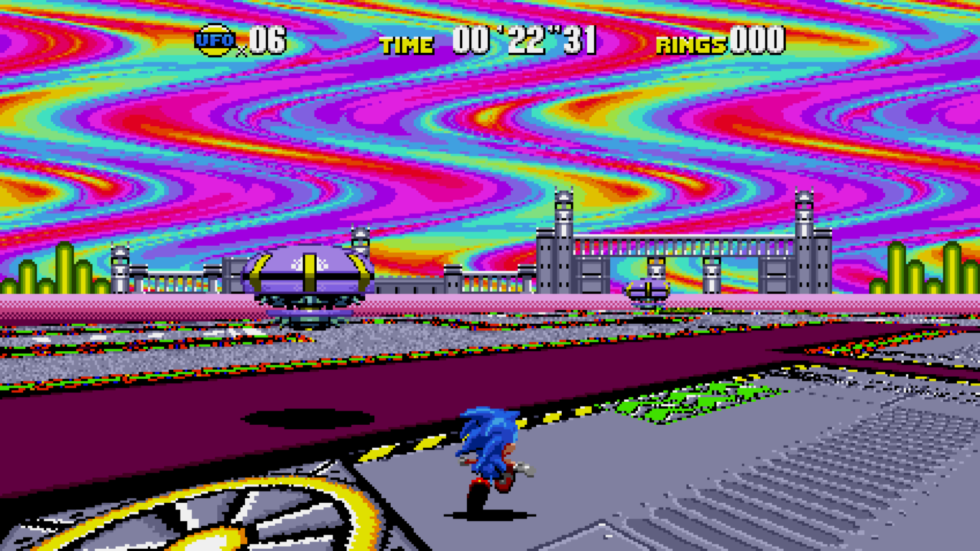
The Genesis' unique FM synthesizer sound system is faithfully recreated for the most part, though I've so far noticed two odd issues in the pre-release period: Sonic CD will sometimes skip certain sound effects, and certain sound effects suffer from aggressive clipping in Sonic 2's bonus stages. All four games' color calibration looks fantastic for a series that has always favored bright, cheerful palettes. Also, this compilation's input lag is as low as I've measured on a PlayStation 5 game, which is good news, though I've yet to test the collection on any other platform.
No rewinds, no visual toggles, no easy-to-peruse museum
But Sonic Origins is missing a few useful features found in other modern 16-bit re-releases. The biggest is the lack of "rewind" or "save state" functions. The game's default modes save progress between levels, and the optional infinite-lives option is certainly appreciated. Still, the inability to finely rewind or retry specific mid-level moments feels punitive, especially when Sega has made that option available in recent years—particularly in a pair of Switch-exclusive "Sega Ages" ports of Sonic 1 and Sonic 2.
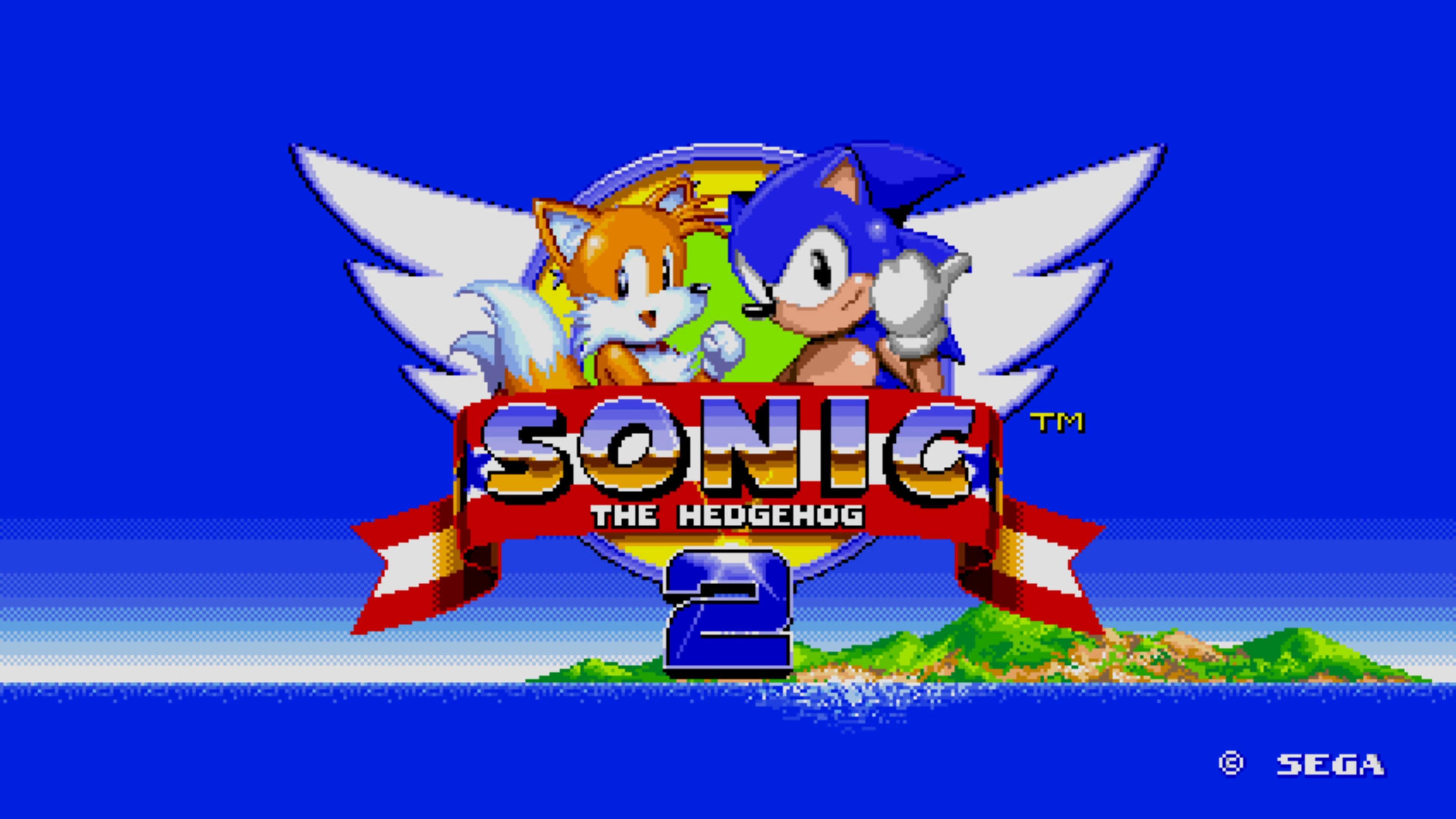 If you look at the full-screen version of this image, you may think some of the pixels are being squished. But nope: that's how the Sonic 2 menu looks on a Sega Genesis, as well.Sega
If you look at the full-screen version of this image, you may think some of the pixels are being squished. But nope: that's how the Sonic 2 menu looks on a Sega Genesis, as well.Sega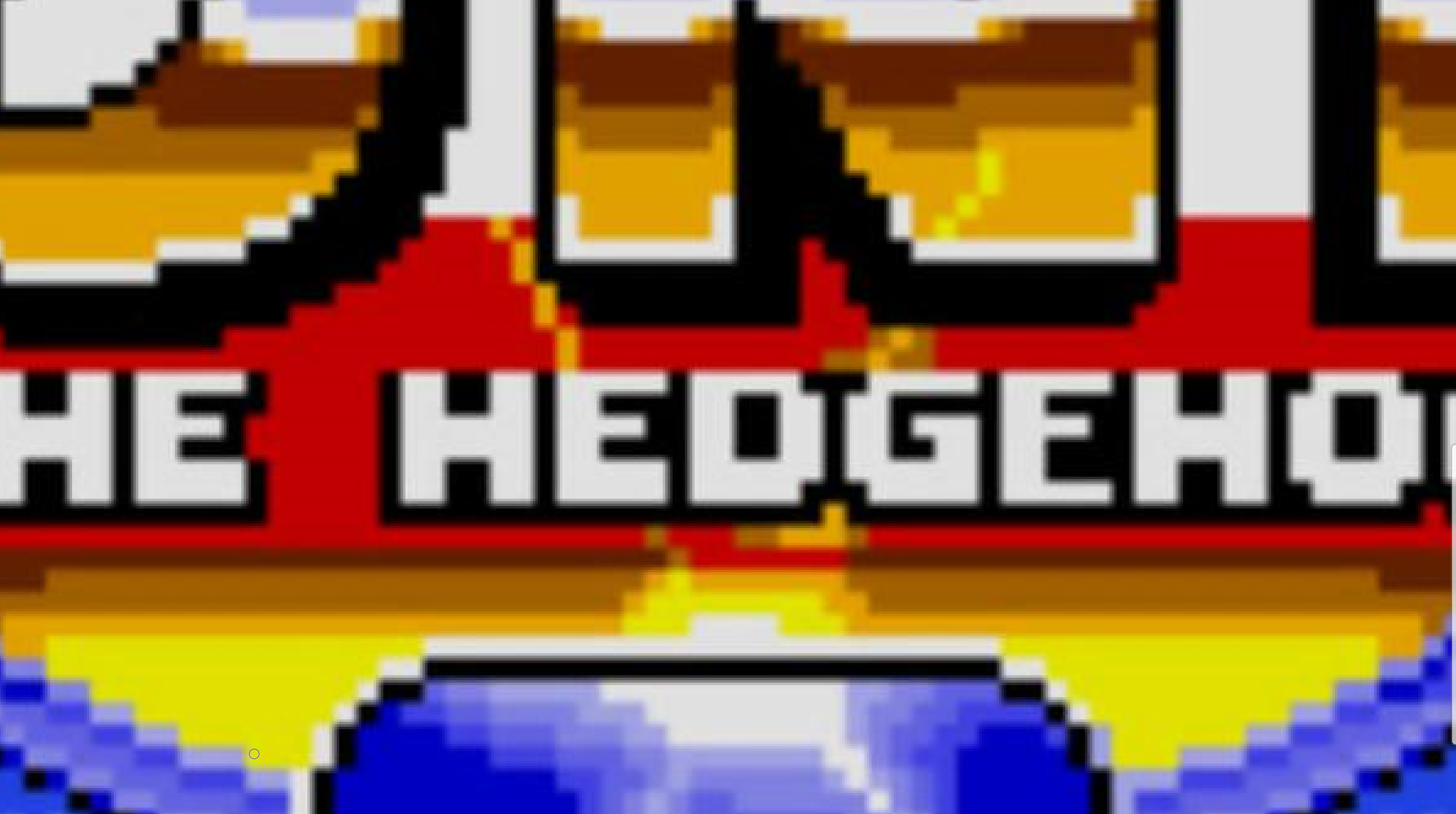 A 500 percent zoom on this screen. This hints at a full 4K rendering pipeline for Sonic Origins on PlayStation 5, as combined with subtle edge-of-pixel effects.Sega
A 500 percent zoom on this screen. This hints at a full 4K rendering pipeline for Sonic Origins on PlayStation 5, as combined with subtle edge-of-pixel effects.Sega
Each game appears in its original chunky-pixel format—blown up to fill your screen while keeping the Mega Drive's original aspect ratio. From what I can tell, the upscaling process that Sega uses to fill a 1080p or 4K 16:9 screen with classic pixels doesn't suffer from left-to-right shimmer or unseemly pixel resizing. But unlike most retro game compilations, Sonic Origins denies its players any visual customization options. Want to blur the pixels together, add a CRT-style filter, or toggle "square" pixels (these look less authentic than the original, intended Genesis visuals, although they reduce HDTV shimmer)? Too bad.
The game's "museum" collection includes options to listen to tons of original and remixed songs, but Sonic Origins traps them in the museum menu interface. It's unclear why Sega went to so much trouble to collect a bunch of classic Sonic tunes without letting players toggle "remixed" audio in the original games, let alone create custom in-game music playlists. (Origins actually includes a custom playlist option, but this only plays songs of your choosing in certain menus, not in gameplay.)
And as of press time, I have not figured out how to enable classic "debug" or "level select" content that was in the original games via cheat codes. This is annoying in part because we at Ars Technica have long held that retro collections should allow fans to instantly jump from level to level if they want to. Instead, we're getting the opposite: no level-select option and no way to use older codes.
Making sense of additional DLC costs
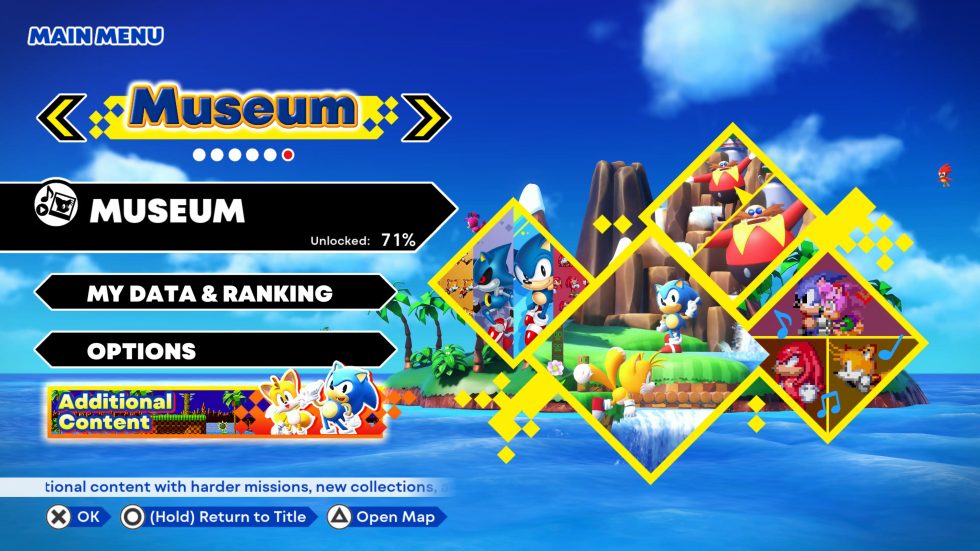
One of Sonic Origins' best modes is a "mission" mode, which drops Sonic, Tails, or Knuckles into existing levels with special conditions, limits, and timers attached. Get through the first third of a level without attacking a single enemy. Kill 12 enemies within 40 seconds, which all spawn in brand-new locations. Fight a classic boss with a new limitation.
For the most part, these challenges add fun spice to Sonic-as-usual, and these alone may be worth the cost of entry for certain Sonic series diehards. Thankfully, they come as part of the base game. For additional "hard" challenges, however, you have to buy a DLC pack, which is insultingly named the "Premium Fun Pack." Sorry, Sonic fans. $40 isn't enough to unlock the premium fun in this game. This $4 add-on also adds cosmetic tweaks to various in-game menus.
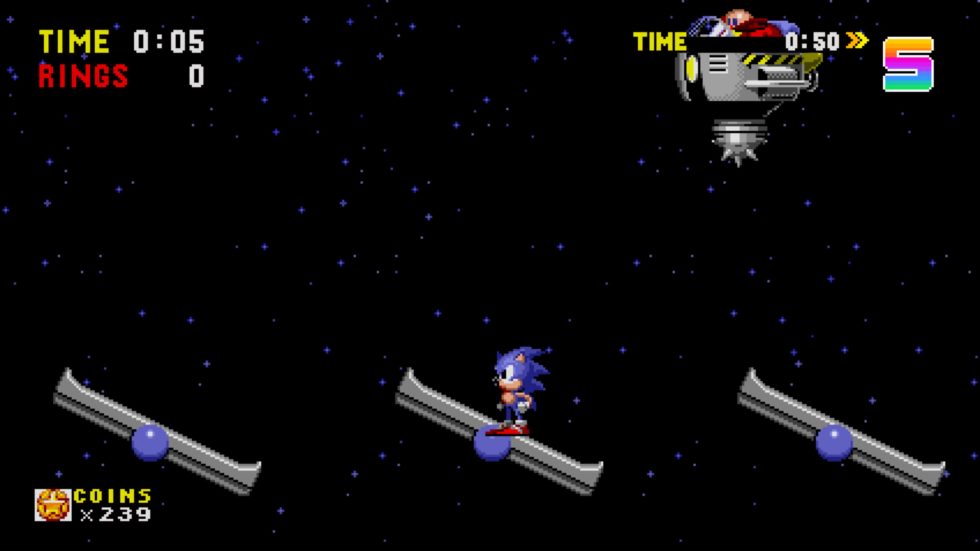
Another $4 DLC pack comes with nothing more than music, and these songs are sourced from three 16-bit Genesis games that otherwise aren't playable in Sonic Origins: Knuckles Chaotix, Sonic Spinball, and Sonic 3D Blast. Again, thanks to the music interface's limited functionality, you can't import these songs to the playable games in any way.
You can get both DLC packs as part of the $45 "Digital Deluxe Version" of Sonic Origins. In other words, that's $5 over the normal price. If you add DLC to the base game, you can't claim a bundled discount.
Made worse by Sega’s deliberate Steam delisting
For context, Sonic Mania, a fantastic game that pays homage to the series' 16-bit heyday, launched in 2017 for half the price. That game, I should point out, has a $5 DLC package that adds legitimately interesting gameplay and is recommended.
There's also the matter of the community building its own reconstructed ports of all four included Sonic games over the years. Fans could enjoy them in the legal clear by purchasing individual Sonic games from the Sega Genesis Collection for $5 a pop on Steam, then dropping the ROMs onto conversion packages. Sonic Origins is a relatively polished package that conveniently works on home consoles, but community efforts like Angel Island Revisited come with more content and options.
The only reason I don't recommend modded community versions as a simple option is because Sega added insult to injury in the lead-up to Sonic Origins' launch. All four of the games found in Sonic Origins were removed from Steam's Sega Genesis Collection last month. (Sonic Spinball, which isn't playable in Sonic Origins, is still purchasable this way.)
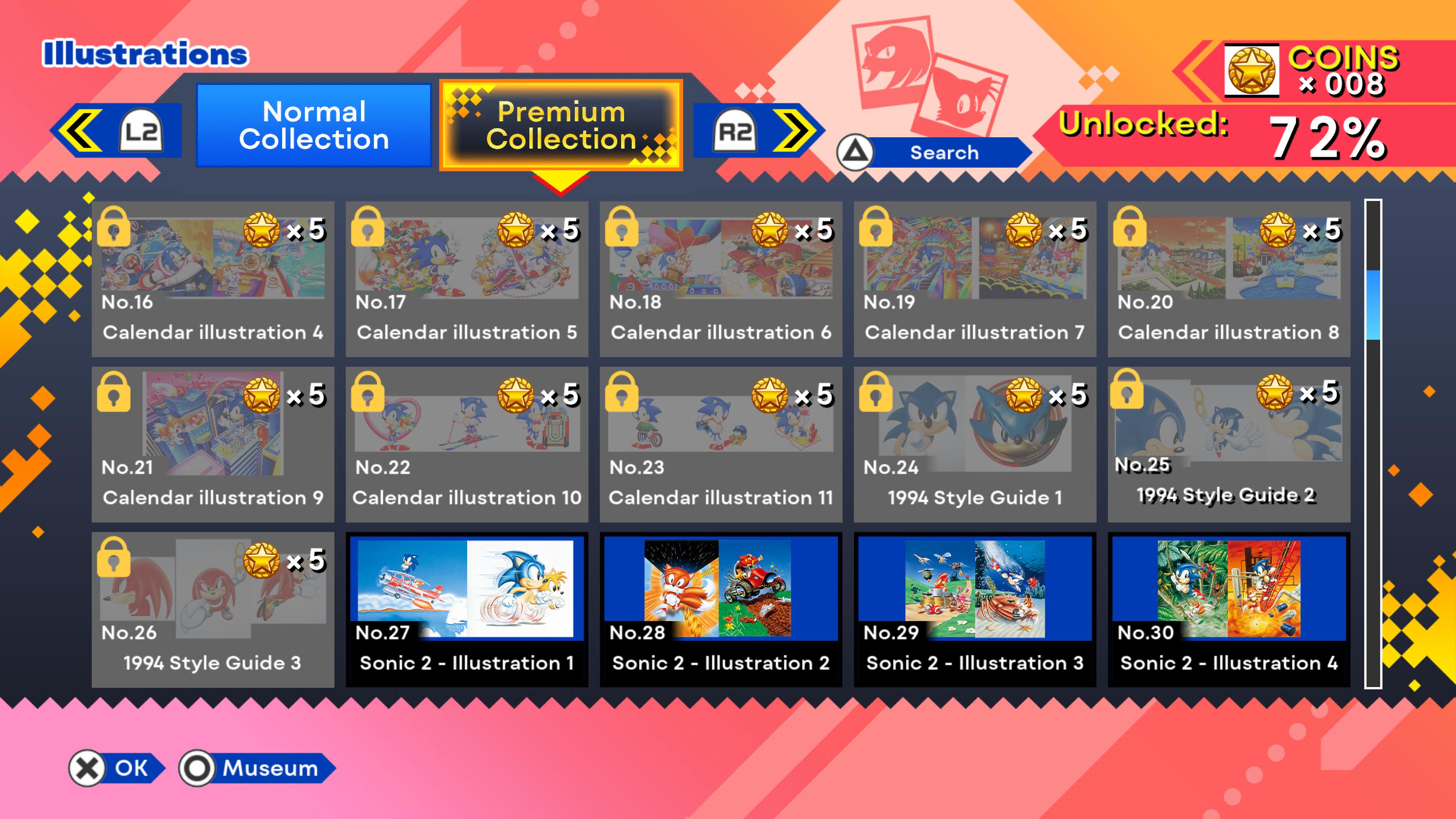 A peek at the museum interface. You need to earn coins in the course of normal gameplay to unlock roughly 40 percent of the museum's content.
A peek at the museum interface. You need to earn coins in the course of normal gameplay to unlock roughly 40 percent of the museum's content.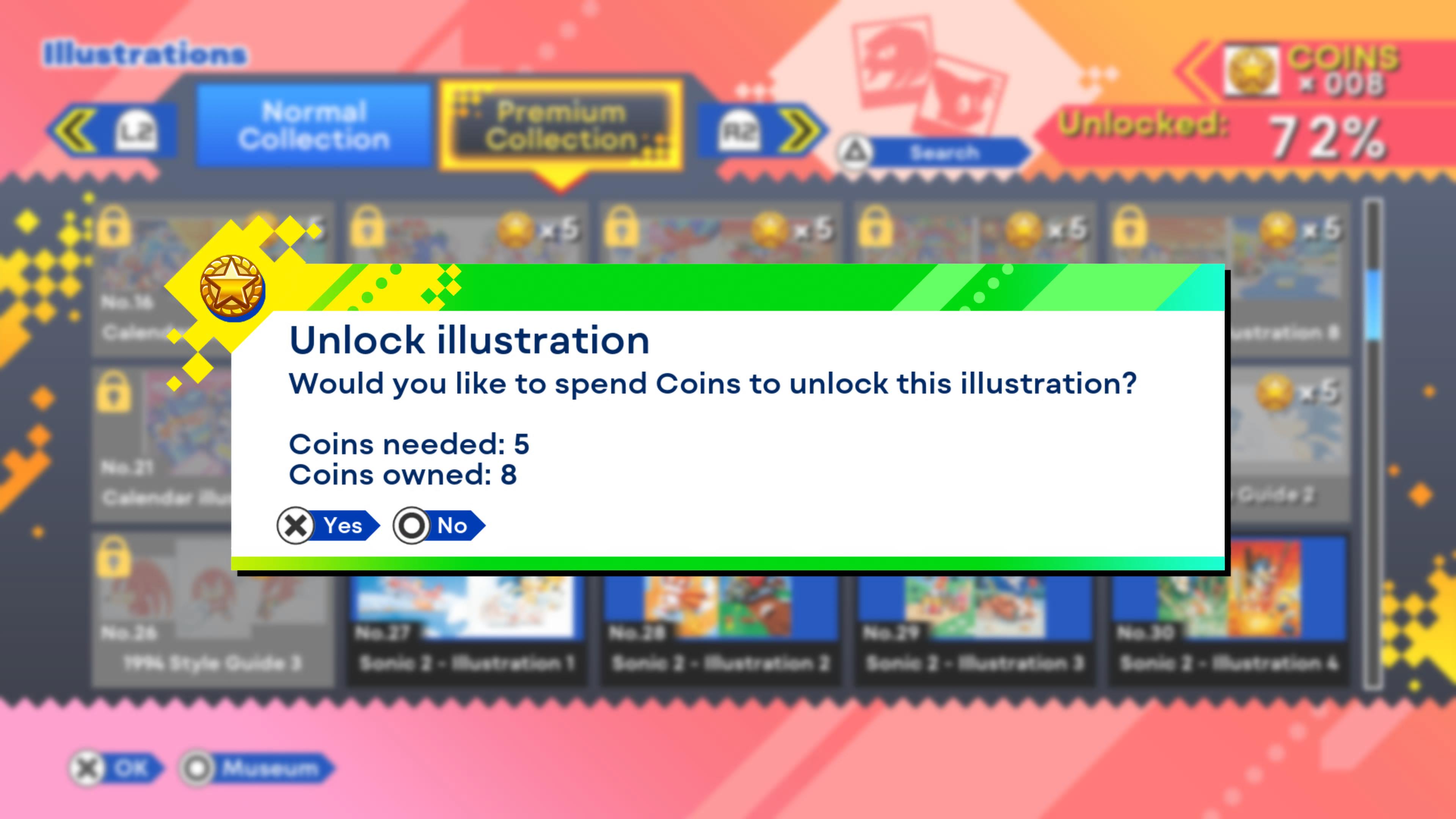 If you want to get coins quickly, you can spam a few of the mission mode's easiest challenges over and over to fill your virtual wallet and unlock everything. Also, you can only unlock art, music, and video clips this way; no gameplay is gated behind these coins.
If you want to get coins quickly, you can spam a few of the mission mode's easiest challenges over and over to fill your virtual wallet and unlock everything. Also, you can only unlock art, music, and video clips this way; no gameplay is gated behind these coins.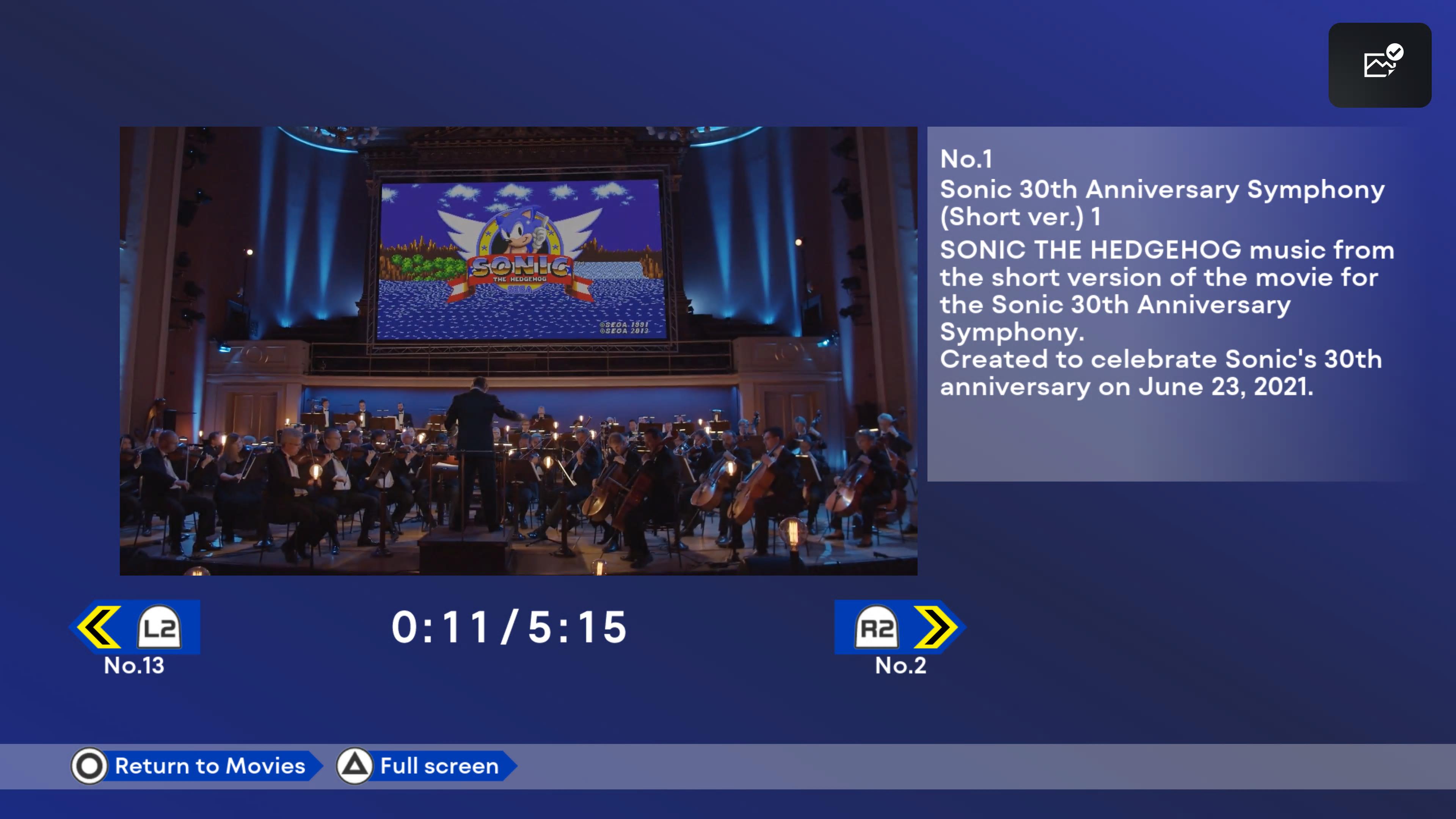 A sample of the museum interface. If you want to zoom in on still images, you have to tap "full screen," then another button, then another button. It's annoying.
A sample of the museum interface. If you want to zoom in on still images, you have to tap "full screen," then another button, then another button. It's annoying.
Sonic Origins has some cool features that make it a perfectly fine compilation in a vacuum, including bespoke "boss rush" challenges (fight each game's boss in a row), a "mirror" mode that reverses the direction of each game's levels, and a collection of concept art from the original games' production phases. But the latter must be accessed through a clunky "museum" interface, and the act of selecting old art and documents, zooming in to actually read them, and then switching to another piece of art is maddeningly clunky. (This makes reading the games' original instruction manuals a big chore, which is a bummer, because we otherwise like digging through old instruction manuals around here.) Curiously, much of this art can also be found in 1997's Sonic Jam from the Sega Saturn, and that game's 25-year-old museum section feels smoother than this one.
Bottom line: More chaos than Chaotix
If I was working at Sega, I would have begged the company to delay this compilation and try again. It doesn't add enough new content that the community hasn't itself already made. It comes with DLC nags (including one that hovers on menus for anyone who doesn't buy the additional content). And it above all else feels far too minuscule as a 30-year celebration of the series' mainstream heyday.
 Credit where it's due: Sonic Origins touched up the two-player mode in Sonic 2, going so far as to add two additional levels (and letting players use Knuckles, even though he doesn't have his usual gliding abilities in this battle mode; he's just cosmetic.)
Credit where it's due: Sonic Origins touched up the two-player mode in Sonic 2, going so far as to add two additional levels (and letting players use Knuckles, even though he doesn't have his usual gliding abilities in this battle mode; he's just cosmetic.)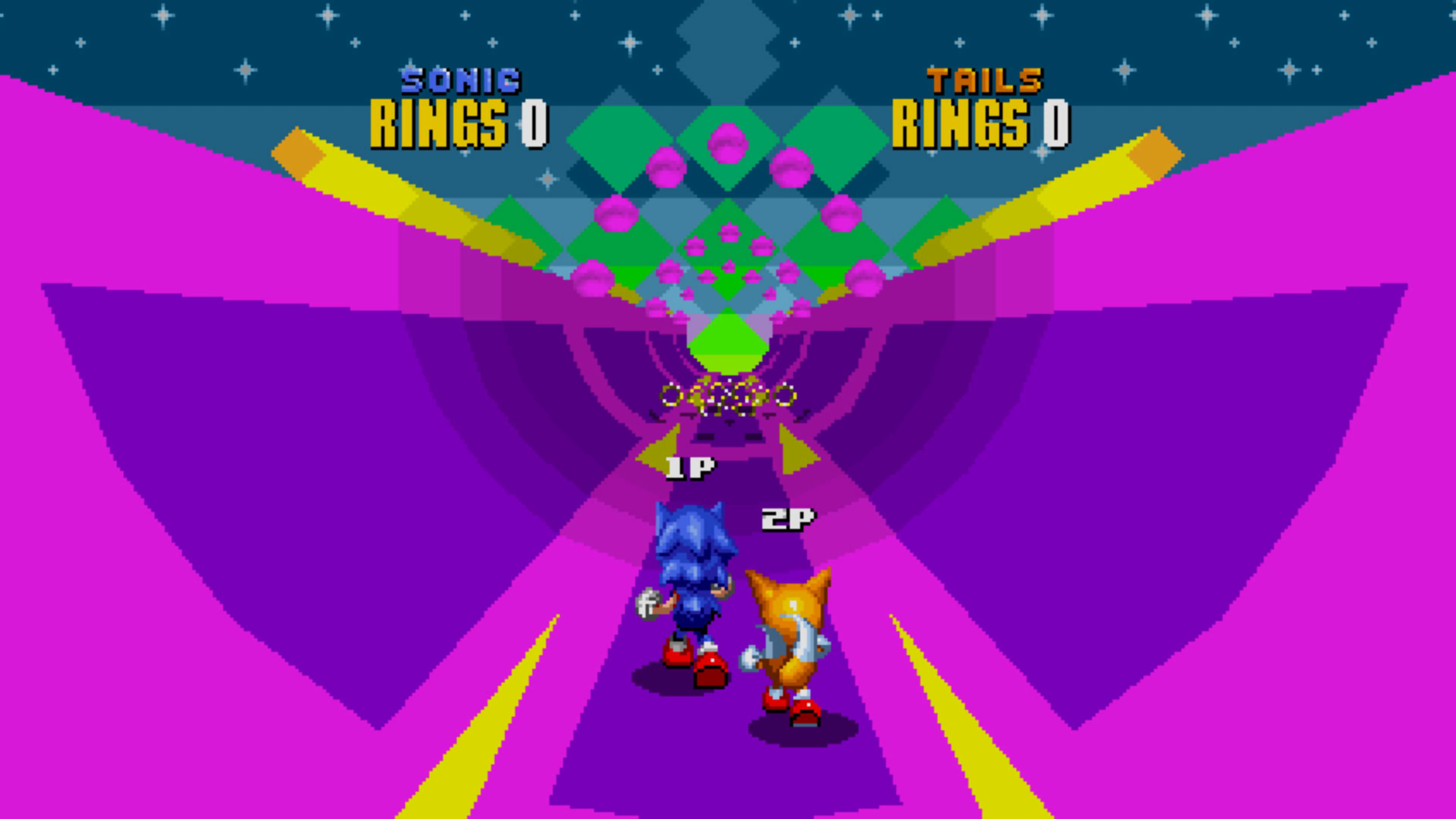 It's so weird to play this bonus stage in two player, but if you want to, knock yourself out.
It's so weird to play this bonus stage in two player, but if you want to, knock yourself out.
The collection's touched-up games look and run quite well, at least, but Sega's unwillingness to add the series' 8-bit games seems silly (I would've gladly taken them without tweaks like 16:9 ratio hacks). Plus, the museum's outright mention of other 16-bit games that weren't included feels condescending to buyers. This box art for Knuckles Chaotix is interesting, one museum entry suggests. Too bad you can't play that game here, you so-called Sonic fan.
Sega, we've already had so many opportunities to buy and rebuy this collection's games. This wasn't the right time or place to get pushy on a retro collection's price-to-content ratio—especially as your biggest fans plead for you to re-release other content, particularly long-dormant classics from the Saturn and Dreamcast libraries. I have no shortage of more fairly crafted retro-minded compilations to recommend: Rare Replay, SNK 40th Anniversary Collection, Halo Master Chief Collection, Disney Afternoon Collection, and many more.
Verdict: Sonic Origins' issues may have been excusable at a lower price point. But this little content at $40, plus a gouging-by-DLC headache, moves our call from "maybe" to "nope."
Ars Technica may earn compensation for sales from links on this post through affiliate programs.
Technology - Latest - Google News
June 21, 2022 at 08:00PM
https://ift.tt/zigN3Ja
Review: Sonic Origins is a tragic example of good classics ruined by greed - Ars Technica
Technology - Latest - Google News
https://ift.tt/xHkCE3Y
https://ift.tt/GOcqoa3


0 Commentaires